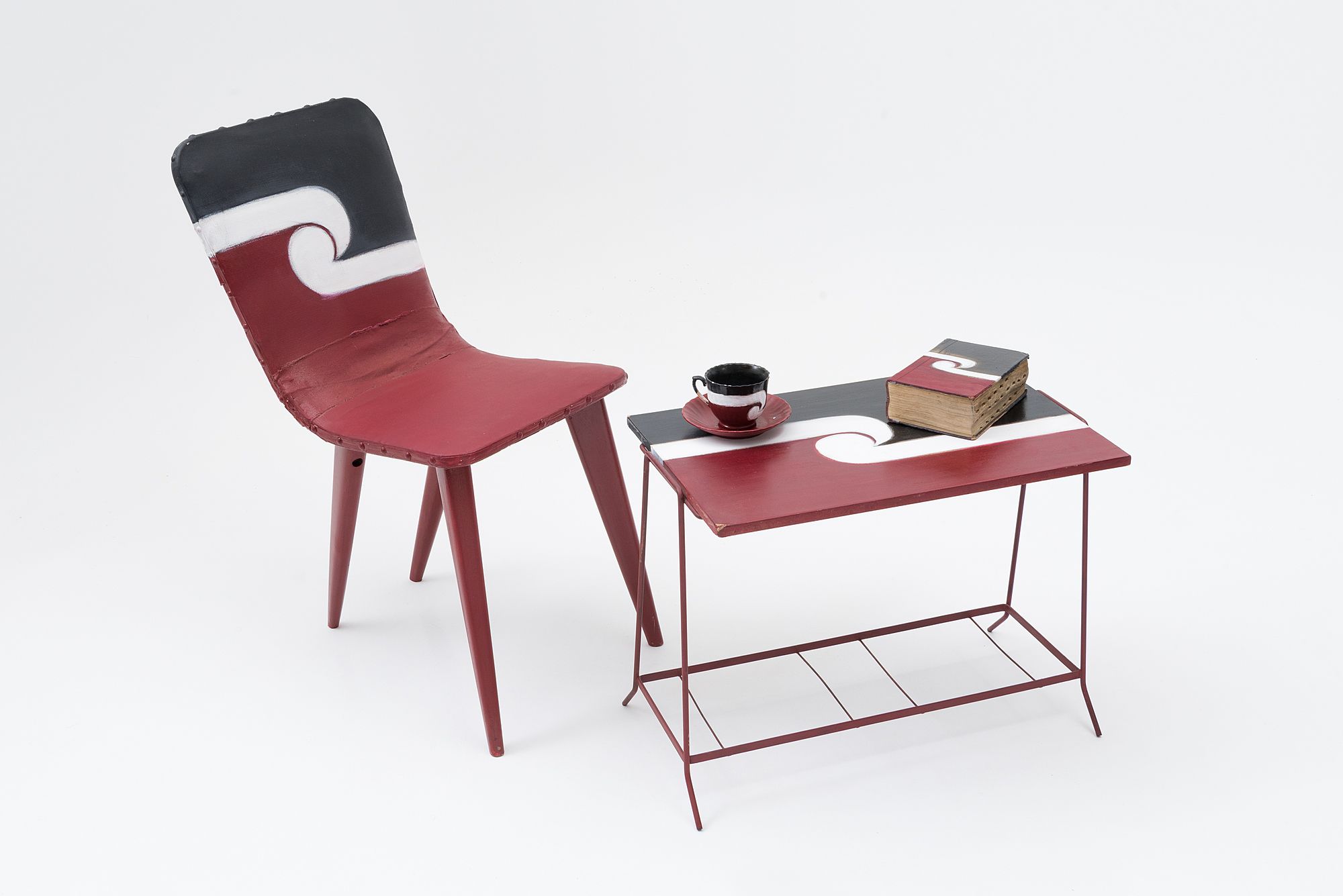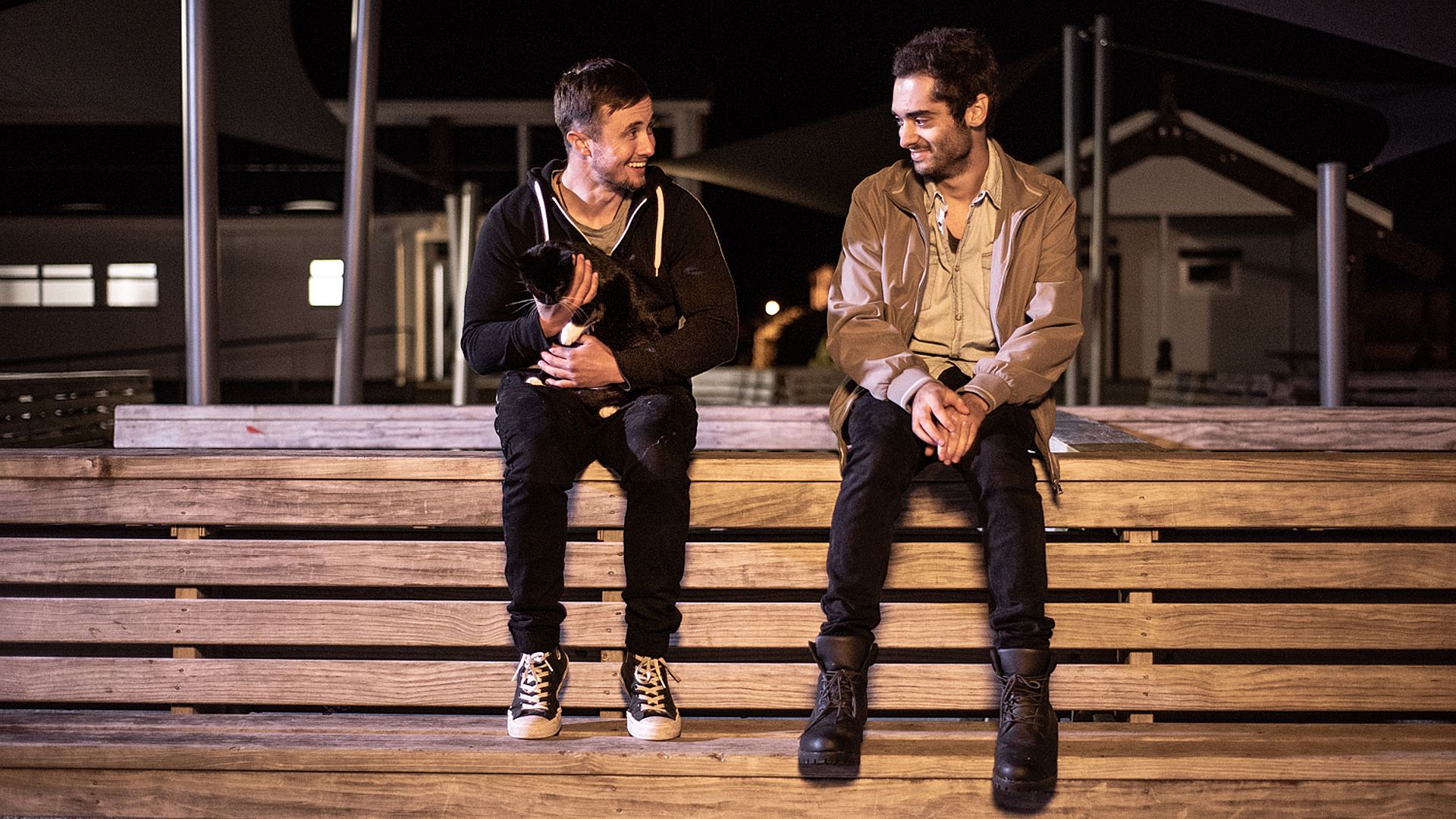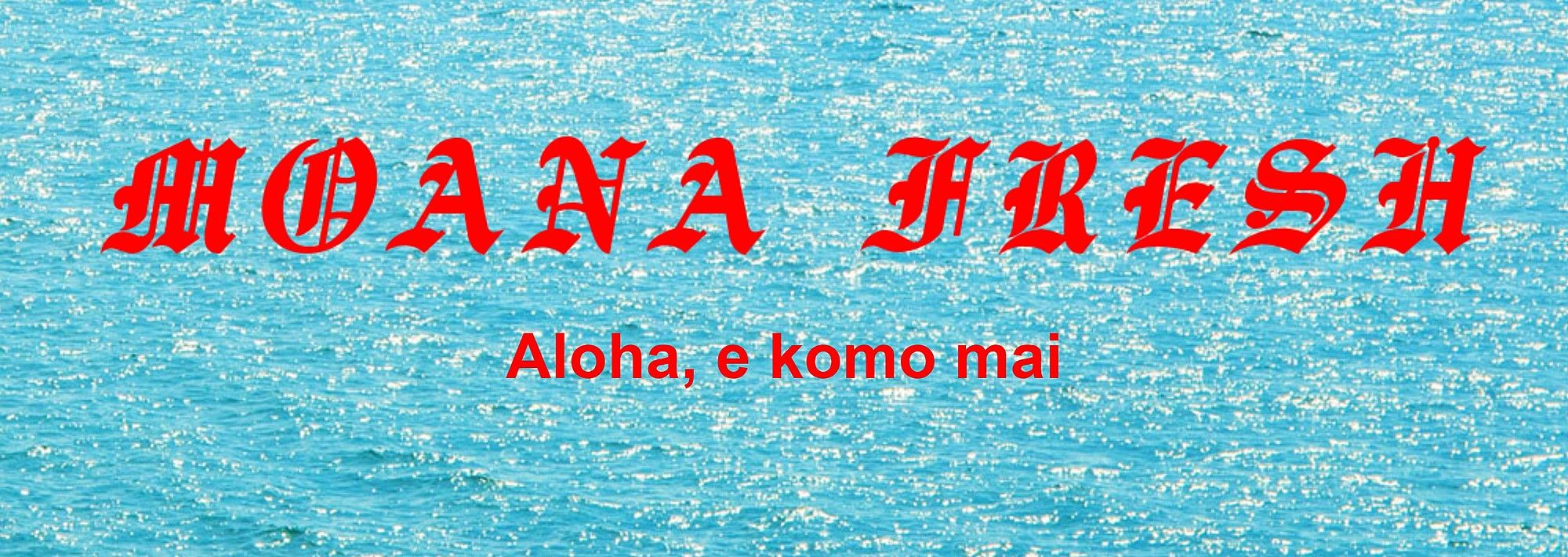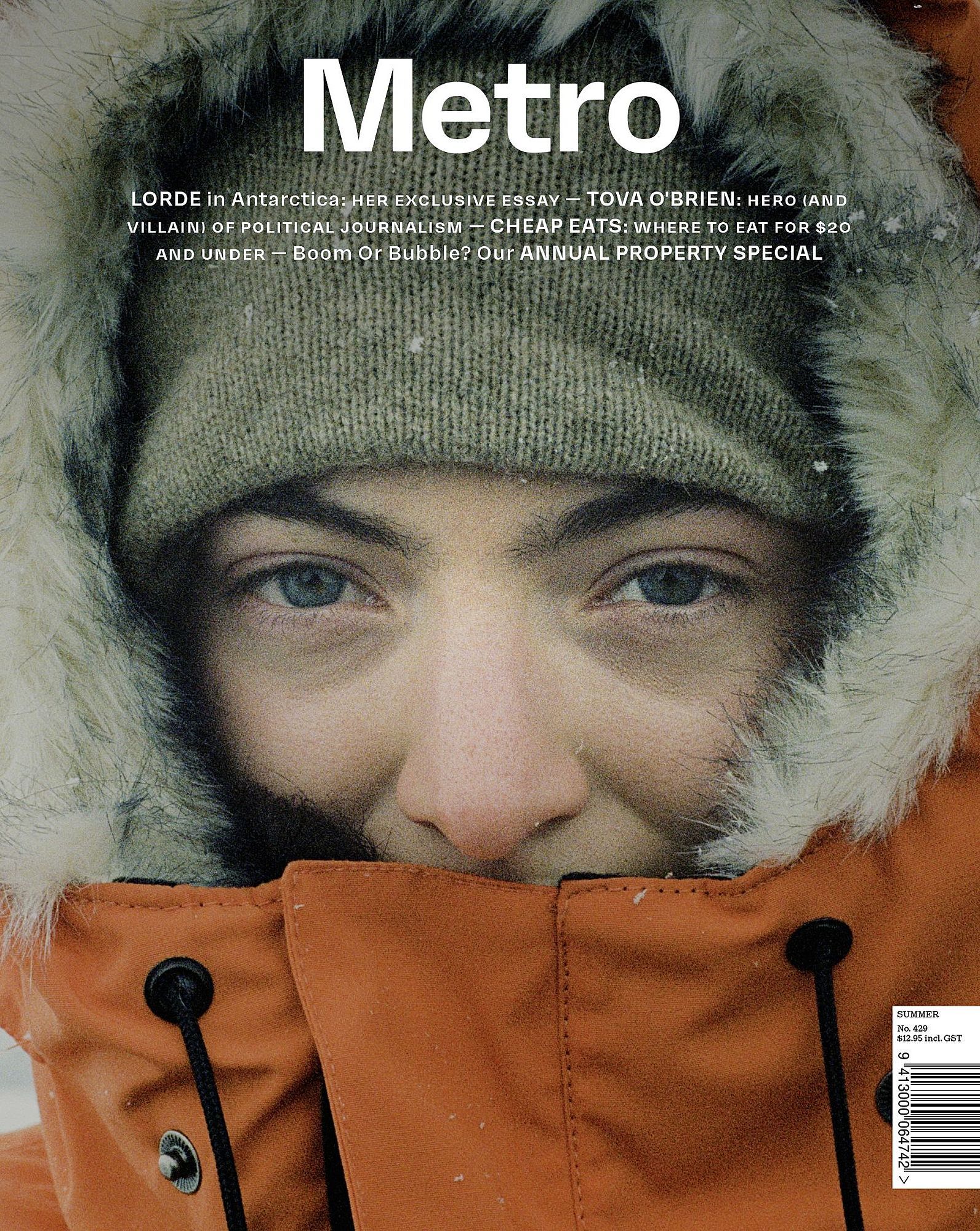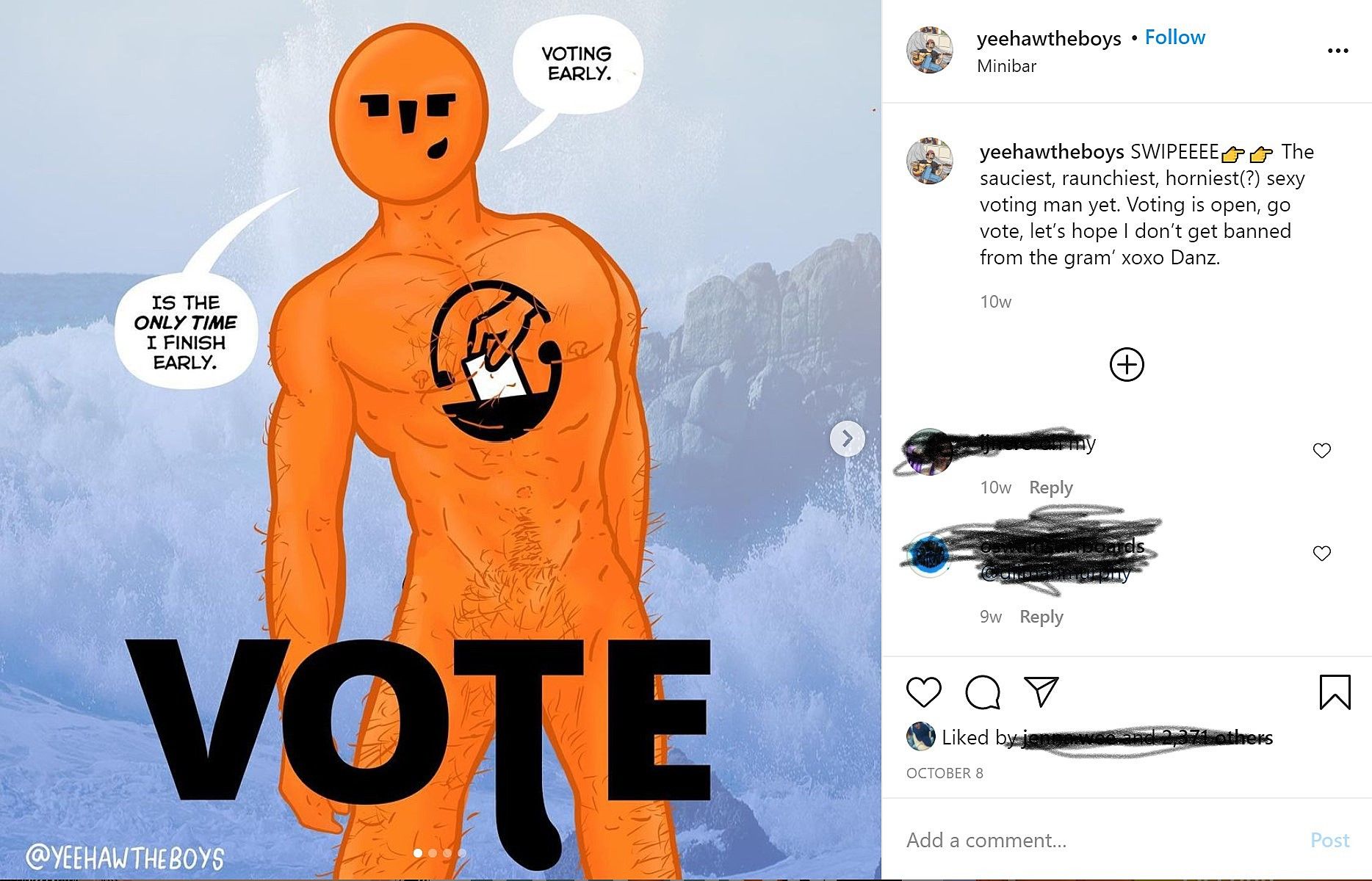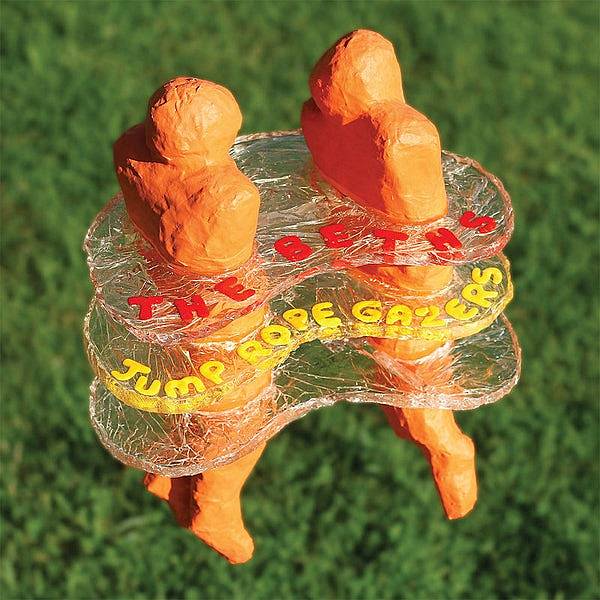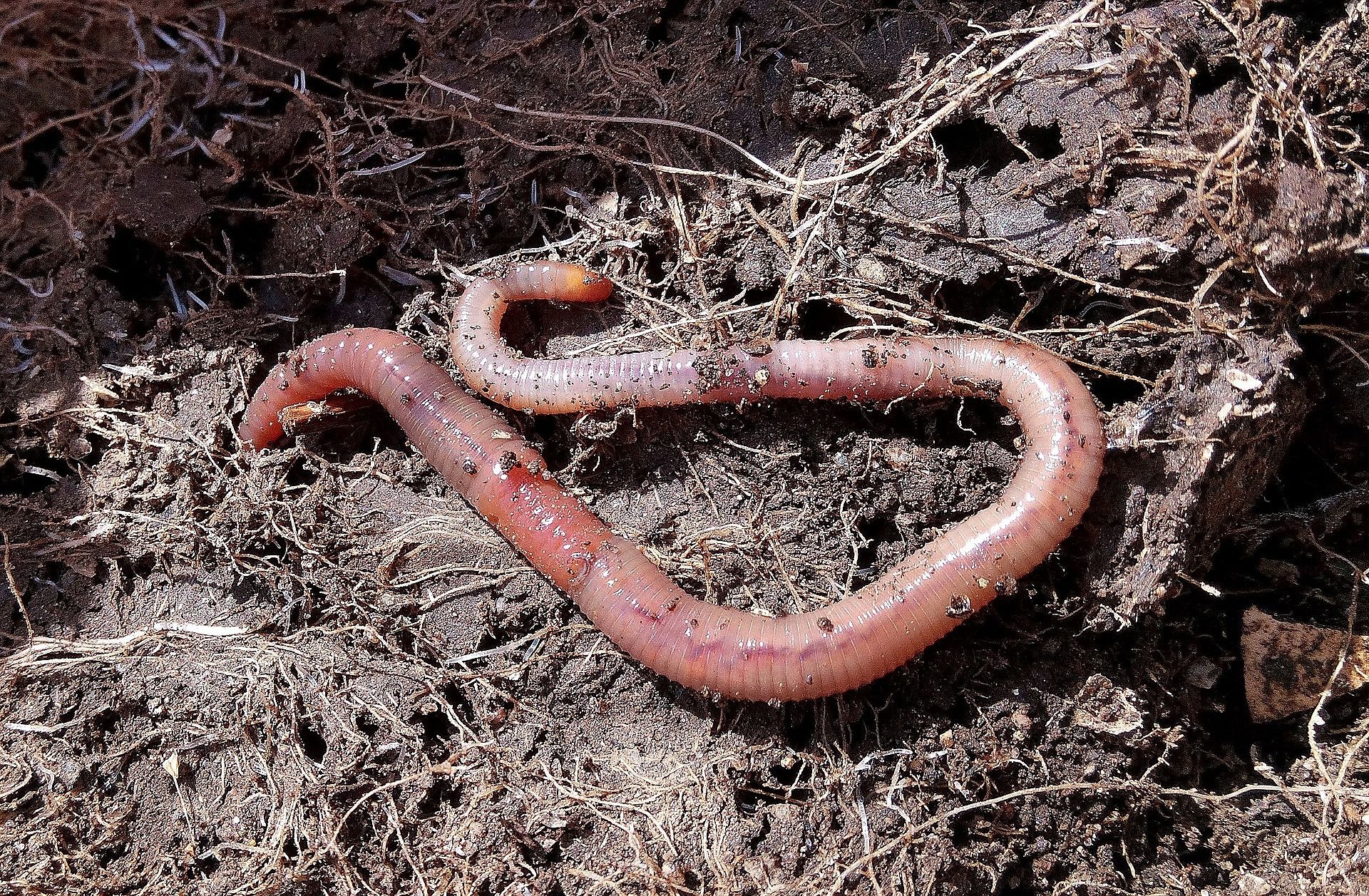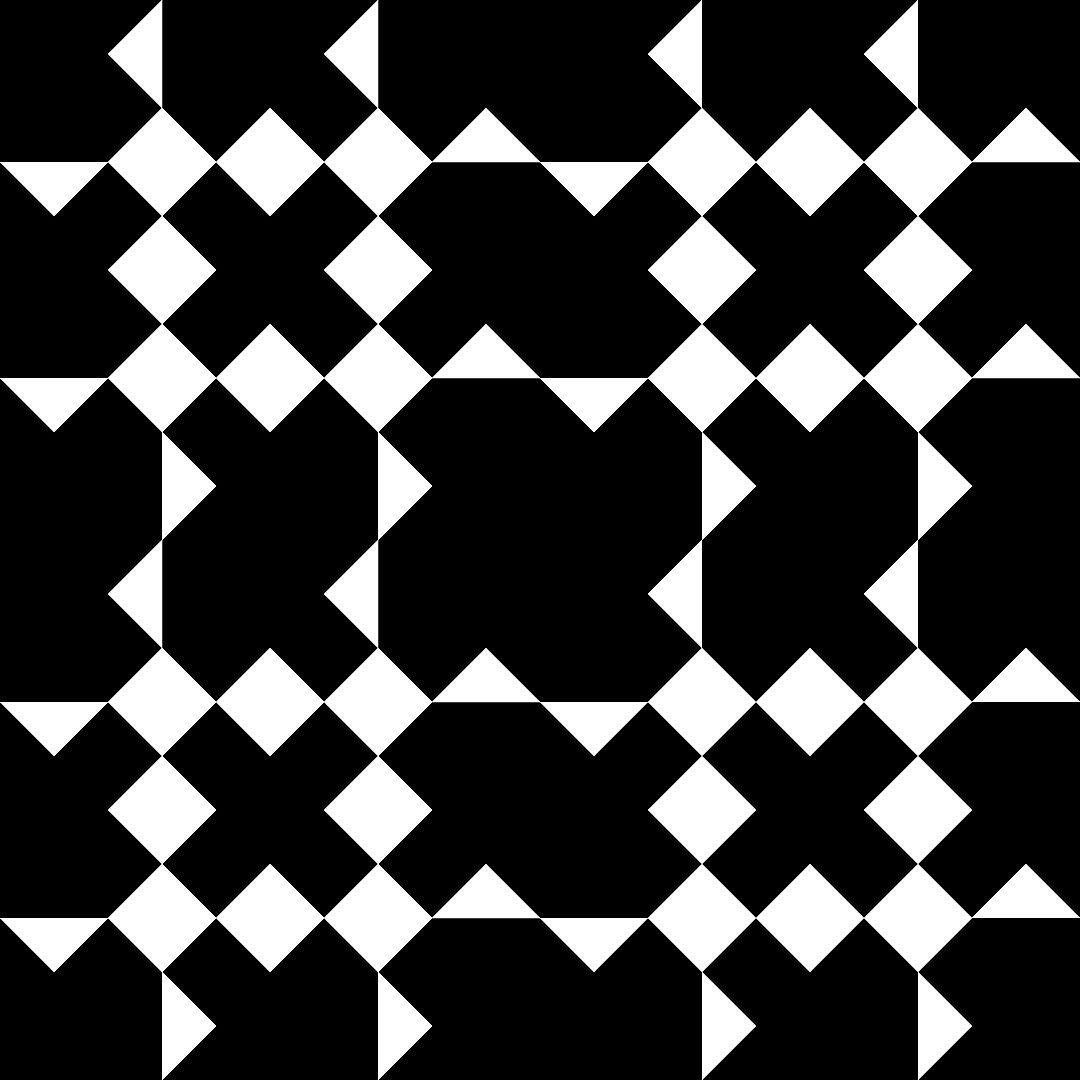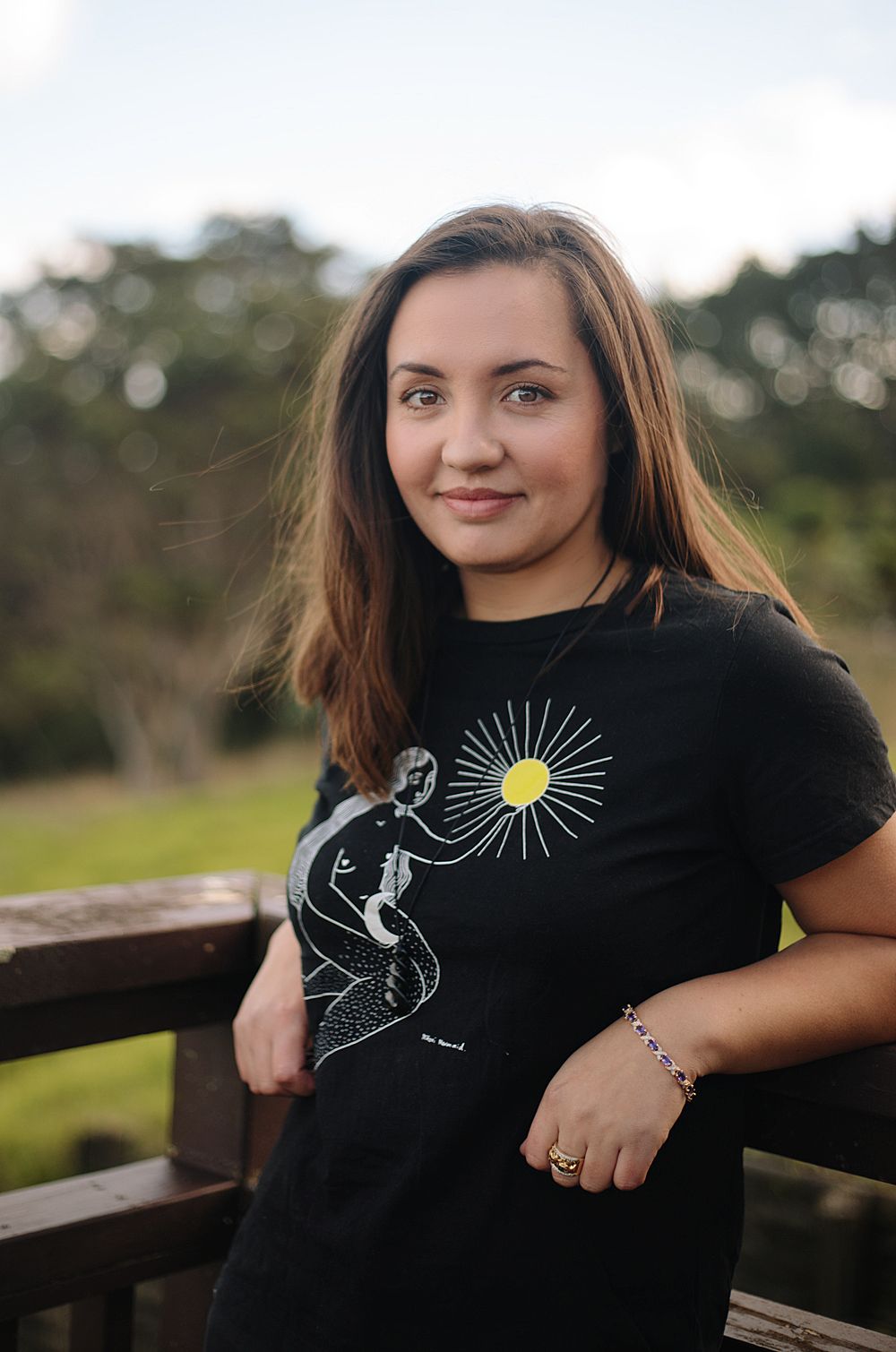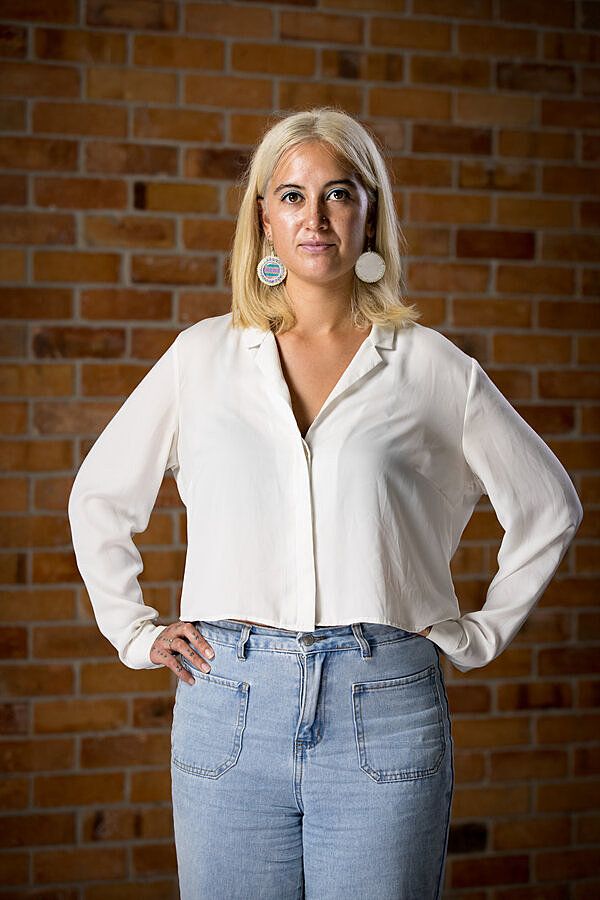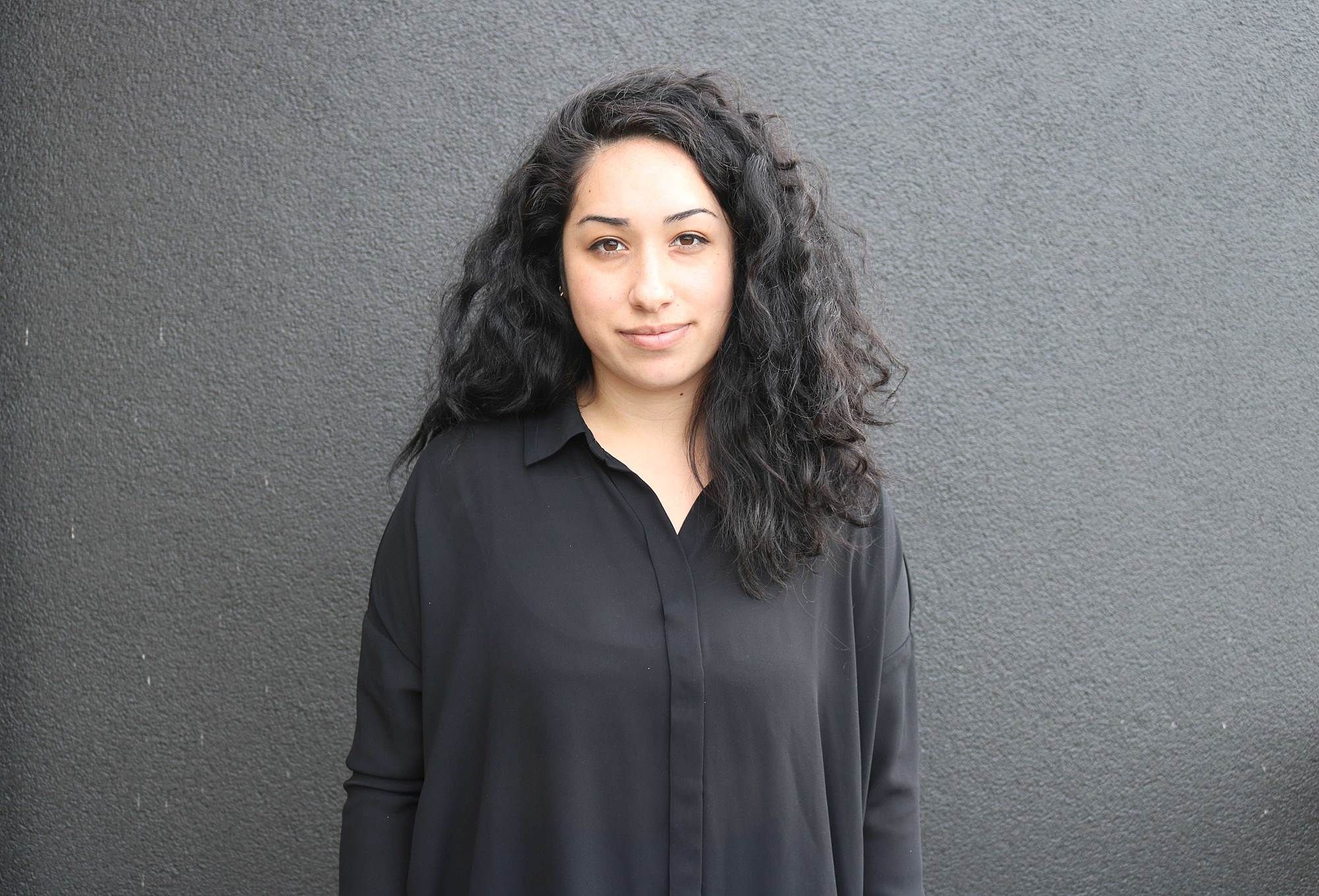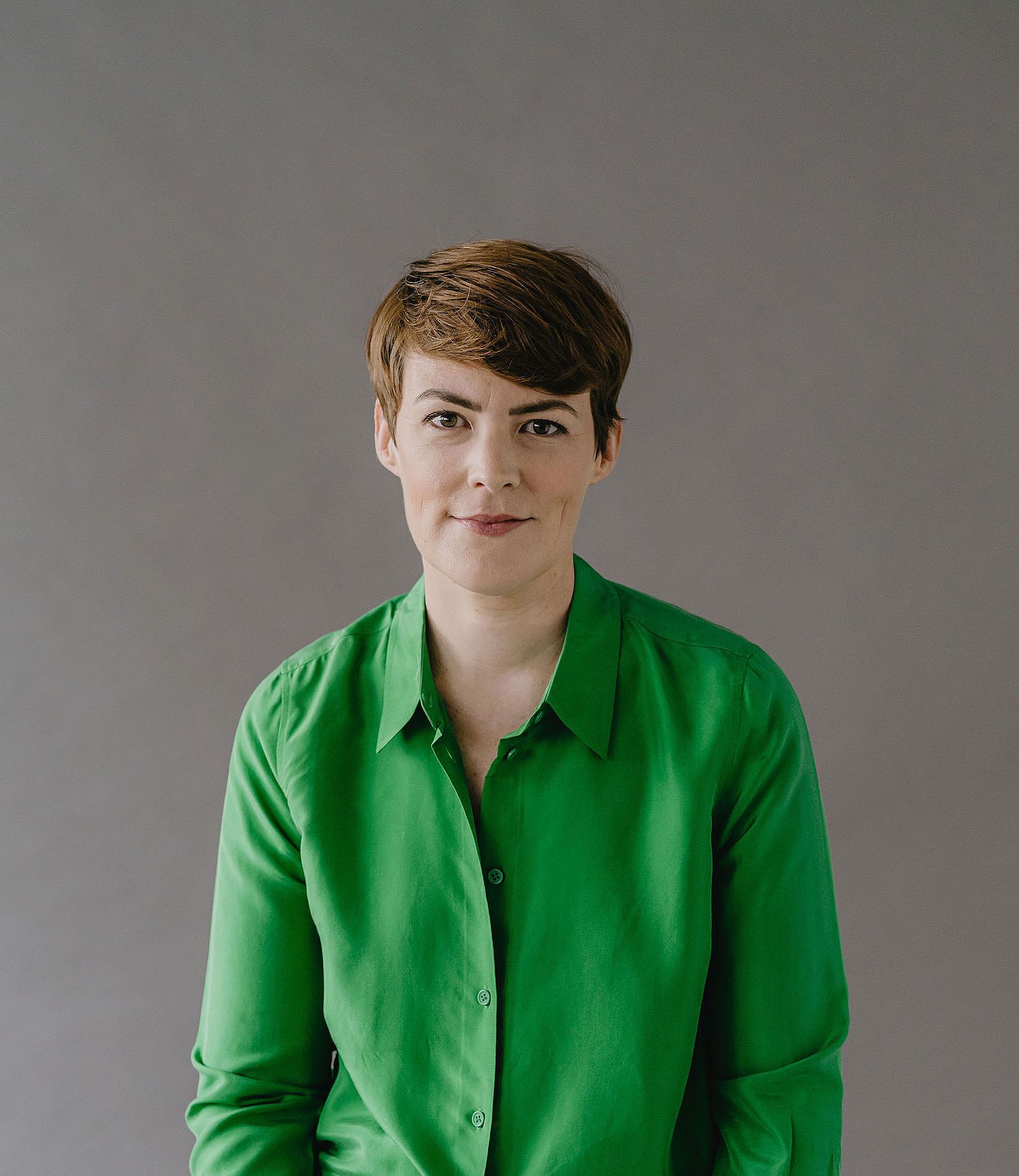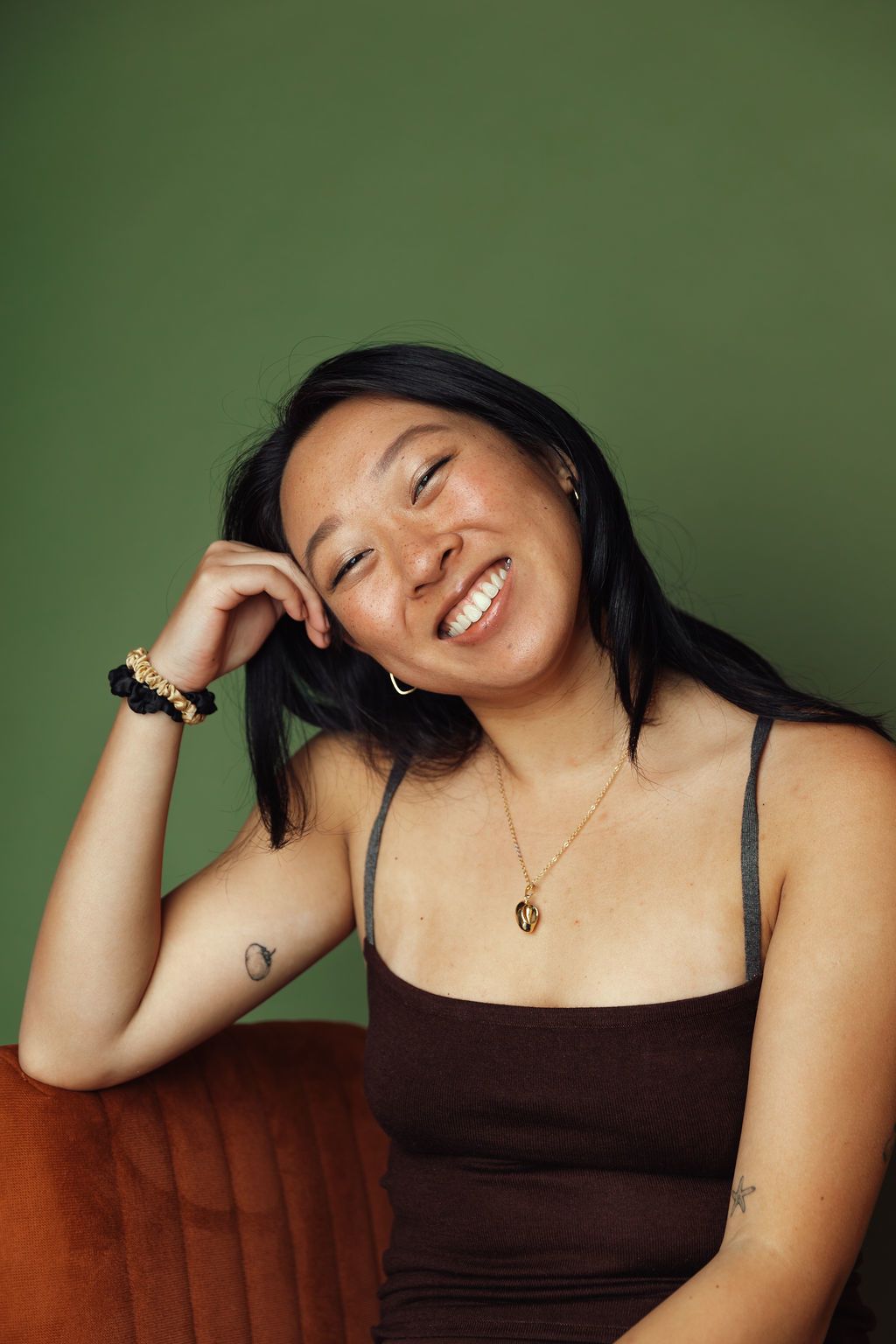2020 sucked but the art was beautiful
The PP crew give you 10 art moments that made 2020 suck a little bit less.
This isn’t going to be another trite ‘reflection’ on the year that was. Everyone knows 2020 sucked. Everyone knows Covid-19 saw the best and worst of humanity. It exposed the vast chasm between the privileged and the poor; the systematically marginalised and those who profit from this. 2020 saw to it that racists were still… racist. That Black People were protesting for the very matter of their livelihood. 2020 saw colonisation still alive and well in New Zealand. That our education system is still highly f****d up and structurally racist, where our most esteemed Māori academics have to fight to be treated as equals. 2020 highlighted the marginalisation of Pacific peoples in Auckland and the gross segregation of our cities and country. It saw house prices soar and become even more unaffordable for our tangata whenua and our society’s most vulnerable and in need.
Yes. 2020 sucked. But the art was beautiful. Mostly. We spent time online. We made videos. Jawsh 685 got famous. People wrote stuff. Read stuff. Made stuff.
Each member of our Pantograph Punch team – Editors Ataria Sharman and Faith Wilson, Staff Writer Lana Lopesi, Communications Manager Sherry Zhang and Director Kate Prior – has picked two art moments from the year that moved us in some way.
Linda Munn, Reconstituting the Constitution, Tea Anyone?, 2013 Image courtesy of Auckland Art Gallery
Toi Tū Toi Ora: Contemporary Māori Art
A round-up of art in 2020 wouldn’t be complete without acknowledging the significant opening of Toi Tū Toi Ora: Contemporary Māori Art in December. An exhibition of over 300 artworks by 110 Māori artists, and the largest exhibition in the 132-year history of Auckland Art Gallery Toi o Tāmaki. This exhibition is huge, no it’s a massive undertaking by curator Nigel Borrell and Haerewa, the Māori Art Advisory rōpu. For the largest-ever (did I say largest?) exhibition at Auckland Art Gallery to be one on Contemporary Māori Art is beyond special, it’s magical and exciting. It’s a continuation of the mahi of our tūpuna as we stand on their shoulders, a demonstration of Māori art and Māori art communities standing tall – toi tū – and healthy – toi ora. What better way to bring toi Māori into 2021. – AS
Scene from 'Rūrangi'
#by ___for____ (insert kupu as appropriate)
In 2020, as injustices worldwide continued to pile up, there’s been an intensification of a catch cry. It’s sometimes a hashtag, is used in different forms and often by marginalised groupings — #byusandaboutus, #byusforus, #bydisabledfordisabled, #bymāoriformāori. In terms of writing and reviewing in the arts, it’s quite a simple framework really (simple for those who get it), it’s about writing from a place of lived experience, rather than assuming the right to write about other people's lived experiences, especially if you haven’t ever lived them. That’s not to say it should never happen, it’s just that in my opinion if you do decide to do it it's best to tread lightly and carefully, because you may just get it really wrong. Like I mean really wrong, like making up fake statistics wrong, as we’ve only seen too recently in the Stuff apology to Māori that Tina Ngata wrote this poem in response to. But enough on what not to do — what could #byusandforus possibly look like if applied to writing and reviewing in the arts?
Well in 2020, a gender-diverse writer reviewed Rūrangi, a ground-breaking film with gender-diverse people in positions of power in decision-making, an Asian woman started to write New Zealand’s first Asian cabaret, and a magazine created by an all-Māori and Pacific team was published and then sold out. Tautai's gallery spaceopened in Auckland, and a series called Nuku that's ‘changing the narrative for and about kickass Indigenous women’, continued into 2020. The Te Tai Tokerau Māori Artists collective presented their artworks in a kaupapa Māori exhibition space. A Māori writer interviewed Nigel Borell, the curator of Toi Tū Toi Ora: Contemporary Māori Art Exhibition, a muslim woman reviewed National Anthem by Mohamed Hassan and a Kai Tahu poet reviewed Funkhaus, the new collection by Kai Tahu poet Hinemoana Baker. A Pacific team led and put together the taonga that is the Pacific Arts Legacy Project, including a stunning essay, By Disabled For Disabled: Making Space For All Pasefika Artists. This piece was written by Fonoti Pati Umaga, a Pacific musician who told us of his journey with disability. Pacific multi-disciplinary artist Pelenakeke Brown also shared with us her musings as a disabled, Sāmoan/Pākehā artist, and reviewed a collection of dance works in Tempo Dance Festival, which featured a disabled performer.
I’m sure there are many more examples of this throughout the sector that I’ve missed off, and yet it's clear that there is artistic, reviewing and writing talent across all peoples. So, is there really any excuse to not be writing, reviewing, and publishing #byusandforus in 2021? I think not. – AS
Moana Fresh
A Brown economy
I’ve been pretty loud in my support and love for the independent spaces that have formed and thrived in 2020. The success of places like Moana Fresh and Vunilagi Vou have shown the strength of a Brown arts economy for spaces by us, for us. And the economic demand for Brown arts, clothes and everything in between! The Brown economy showed out in a big way during the Moana x Boosted crowdfunding campaign. I have a pretty complicated relationship to the ethics of crowdfunding but seeing all 14 of these amazing projects cross the line was massive! Given the low social standing of Pacific people here in Aotearoa, we’re not usually seen as an economic market, but clearly when done right, people show. – LL
Metro is back
Thick arts section
It was all pretty desolate when Bauer closed, and a significant chunk of the national journalistic landscape died ruthlessly in a Zoom call. So, when new iterations of North & South magazine and Metro magazine were reborn and reenergised it felt pretty exciting. The new Metro lives under the art direction of Kelvin Soh and editorship of Henry Oliver. She’s pretty thick and is now produced seasonally, but what feels especially exciting about the new Metro is the scale and range of its arts section. Admittedly I have a vested interest in Metro’s art section, but I am so here for widening the scope of the kinds of arts stories we tell, and the people writing them. – LL
@Yeehawtheboys orange voting man
Instagram artists
I don’t want to show you my screen time for 2020. It’s something embarrassing, especially for the hours logged on TikTok. However the online space has really exploded with love, energy and content from our creative communities this year.
One of my favourite online visual artists is @yeehawtheboys. Always witty, political and responsive, this account made me snort with laughter in some other dire moments this year. You might recognise Daniel Vernon’s work from the sexy orange man, or the comics on the racist portrayal of families affected by Covid. And my personal favourite, hot steamy sexy Tinder boys. Other favourite includes Sarah Moana, who’s got the powerful-queer-20-something energy down, from capturing the classic morning-after mood, to calling for the end of armed police in our communities. And while not known for being an exclusively IG baddie artist, a special shout out to the Spinoff’s Toby Morris, for all the informational Covid graphics, How to Draw: Political Figures series, and sweet moments of fatherhood this year. – SZ
The Beths, Jump Rope Gazers
The tunes
Live music is such a joy, being bounced around a mosh is such a joy! But there were also some key albums that kept the boogie alive while we were in lockdown. The Beth’s Jump Rope Gazers made me feel nostalgic for teenage summers with friends (I know, which wasn’t even that long ago!) Church & AP dropped their new album late 2019, but I’m still including it in this 2020 music collection because I can’t get over Dandelion, Roulette and Hello Hello. Some other stand out tracks include Chaii’s Lightswitch which makes me feel untouchable by any bullshit, while We Need It by Race Banyon is an aural mind fuck experience. I’ve also fallen in love with TEEKS, literally crooning my heart away. And big love to Jawsh 685 for being the icon that pulled South Auckland and Laxed (SIREN BEAT) to the international stage. Finally, I just saw Phodiso play at Whammy Bar over the weekend, and it was so powerful, energetic and with tight punchy lyricism! His spoken word background and love for Motswako (a Southern Afrikan sub- genre of Hip-Hop) coming through strong, and definitely one to watch out for next year. – SZ
2020 compost
Fear and compost
This year has brought many examples of artists and companies finding a way amidst the toughest of circumstances: Vunilagi Vou brought art closer to home; Tempo experimented with how you shape a festival context in digital space. But to be honest, there have been many times this year when I’ve felt exasperated by the sector I care about. As well as being hopeful, it’s been lacking in imagination. As well as showing grit in the face of adversity, it’s been slow-moving. As well as being collaborative, it’s been toxic, blinkered, petty, ego-driven and teetering on the risk of not learning anything from where we’ve been. And all because fear descended like nothing else this year. Fear for our livelihoods of course, and fear for our ways of knowing being challenged. And when what really matters is thrown into stark relief, and we've lost contact with the kaupapa, there’s a deep fear – gnawing at the edges – of our own irrelevance.
And hey, is it really innovative or are we just bullshitting again?
I think fear is not to be discounted as a useful art moment. Even an art moment to be celebrated. In a hostile environment the natural instinct is to lurch for basic and baseline survival. But I reckon, if we want to try to move forward while bringing our 2020 education with us, it’s going to be useful to acknowledge the deep wormy fears that the downpour of this year has brought to the surface. There’s thisgreat essay by UK theatre maker Jackie Smart about the feelings that bubble up when we collaboratively devise work in theatre, and how we remember how hard it is every time, yet we treat those feelings as somehow separate from the work. Post-2020, I don’t think that will be good for any of us and we may need to look our fear straight in the eye. Are we irrelevant? Does what we’re doing really matter? Is it reaching who it should? What can we do about that? No, in a real way, not a marketing way. And hey, is it really innovative or are we just bullshitting again? All of those messier things. Good compost. – KP
You get some project funds and you get some project funds and you get some project funds
Everyone got funded
Obviously man shall not live on Arts Grants alone, it's still a scary time, and I’m under no impression this is any kind of key to sustainability, but this year saw some wild stuff happening in project funding at Creative New Zealand. There was a period from early to mid-2020 when Arts Continuity Grants were almost literally being shovelled out the door, and the success rate was higher than any Arts Grant round ever.
There’s a term, ‘unfunded excellence’ that gets used at CNZ to describe those excellent applications which simply couldn't make the cut in such a competitive environment. In 2020, all the excellence was funded. Usually a scan of the ‘who got funded’ section on the CNZ website presents a predictable roll call. In 2020, I didn’t know half of the names in the theatre section and I kinda loved that. Great writers got the money they deserved. People completely new to me got funded to develop their debut play. The Taxpayer’s Union had conniptions and chose to troll Wellington shows that ended up getting sellout crowds and spreading joy. Amongst all the hard stuff, let’s never forget those crazy days when the Arts Grants gates came down and the artists made a solid run for it. – KP
Aunties Magazine
We published things
2020 has seen the floodgates open for independent and brown journals, and publishing in general. People are ‘stickin’ it to the man’ lol, and instead of waiting for that opportunity to publish what they want, they’re doing it themselves. There was the monumental Stasisjournal from Sinead Overbye and Jordan Hamel, produced over lockdown and available to read online. There’s Aunties, a magazine dedicated to activism and change, by Nadia Abu-Shanab, Kassie Hartendorp and Ella-Grace McPherson-Newton; Te Whē ki Tukorehe, an absolutely stunning Māori writing journal edited by Nadine Anne Hura and Anahera Gildea; Tupurangaedited by myself and Hana Pera Aoake, published the writing by Moana writers produced over lockdown as part of a tuakana-teina mentoring programme; ATE Journal of Māori Art, edited by Matariki Williams and Bridget Reweti published their second edition, that looks into the relationship between Māori and the wider Te Moana-nui-a-kiwa. Kei te Paiedited by Hana Pera Aoake, published their first edition, Te Korekore, this year, featuring work by Indigenous and Moana writers. Awa Wahineedited by our very own Ataria Sharman continued publishing glorious content for and from Māori wāhine. There are others I could name, but I’m running out of space - but even just going over that list I’m just stoked as to be alive to witness this reclamation of the word, of publishing, and of us doing stuff for ourselves and our people. – FW
Pacific Arts Legacy Project design by Shaun Naufahu
Pacific Arts Legacy Project
I know I’m flexing about something that appears on the PP website, but as this was guest edited by THE Lana Lopesi, I feel like that’s okay.
The Pacific Arts Legacy Project is the first of its kind. Lana Lopesi and Creative New Zealand have teamed up to attempt to capture an image of what contemporary Pacific Art in New Zealand looks like. It’s a deepdive into the minds of some of the most important Moana creatives that are still alive to tell their tales. It flickers through the often little known histories, to the issues that many of our Pacific artists have faced, the beautiful solidarity and union between friends and their ambitions for our future. Spanning all the artforms, from literature, to visual arts, theatre, music, film, curation, through different abilities and generations, the Pacific Arts Legacy Project is truly a legacy in itself.
Highlights for me are of course, Maualaivao Albert Wendt’s piece Writing from the Edge; Ioana Gordon-Smith’s insightful (and personally resonant) piece about an era of Tautai internships, or Trojan Horses as she refers to them; Pelenakeke Brown’s beautiful and poetic She Returns, about time-travel, the vā, and disabled spaces; Ema Tavola’s Alchemy of Fresh, the magical legacy of Fresh Gallery Ōtara under Ema’s curatorial eye; By Disabled for Disabled, Pati Umaga’s piece about making space for disabled Pasifika artists. These are just a handful but they are all amazing and insightful pieces, and there's still more to come in 2021. Do yourself a favour this summer and make some time to drink up the Pacific Arts Legacy Project.
I’ll leave you with these final words from Matua Wendt himself. – FW
Our art is our attempt to understand who and what we are, and the marvellous cultures, histories and situations we have come out of. Our art is the search for that and to map and shape the present. – Albert Wendt

